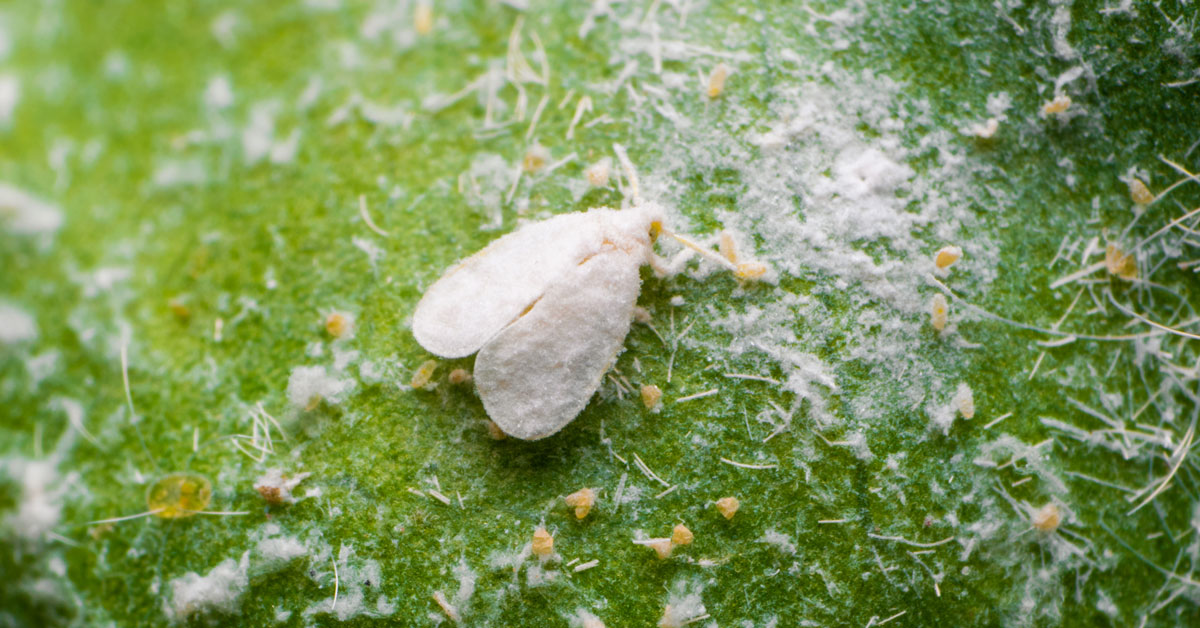
Adverse environmental effects in insecticidal Bt plant cultivation
Recent Chinese and Brazilian studies strongly indicate that the cultivation of transgenic insecticidal plants can speed up the spread of specific plant pests, reports Testbiotech. Unexpected and complex environmental interactions play a crucial role in this context.
The research was carried out with genetically engineered (GE) cotton and soybeans that produce so-called Bt toxins. These insecticidal proteins occur naturally in soil organisms (Bacillus thuringiensis). In China, cotton bollworm is spreading rapidly in fields where Bt cotton is grown. In Brazil, so-called white flies are becoming increasingly problematic in Bt soybean fields. This is affecting both farmers and agro-ecosystems.
The research in China (published as preprint) shows that if cotton bollworms (Helicoverpa armigera) are infected with specific viruses they spread particularly rapidly in Bt cotton fields. These viruses appear to stimulate the immune system of the larvae: the toxicity of the Bt toxins is reduced, enabling the larvae to acquire resistance to the toxin more rapidly and, at the same time, have higher fitness than others of the same species not infected with these viruses. The research further shows that the infected larvae are rarely found in fields where conventional cotton is grown. The infected bollworms are only spreading in fields where Bt cotton is grown. According to the authors, their findings show that interactions between GE plants, insects and microorganisms deserve more attention. Currently, these complex interactions are hardly taken into account in environmental risk assessment.
In Brazil, populations of white flies (Bemisia tabaci) are increasing in fields where insecticidal GE soybeans are grown. Originally this was thought to be because of a reduction in the spraying of insecticides. However, laboratory experiments revealed other findings: the white flies suck fluid from the plants and appear to benefit from specific biological characteristics of the GE soybeans. This finding seems to be especially true for glyphosate-resistant GE soybeans which also produce Bt toxins: insects feeding on these plants showed higher fecundity and a significant increase in the number in offspring. These effects were not observed if the GE soybeans were only resistant to glyphosate.
The higher incidence of white flies also promotes plant diseases: the white flies transmit plant viruses when they feed on the plants and their excretions facilitate the occurrence of fungal diseases. The authors of the study state that the causes of the strongly increased number of white flies are unknown. One possibility: the Bt insecticides, which are not toxic for the white flies, might have stimulating effects. Unexpected interactions in the genome of the soybean varieties are also being considered.
It is not the first time that an increased spread of pest insects in Brazilian GE soybean has been reported: Monsanto experts warned in 2014 that another pest insect, the southern armyworm (Spodoptera eridania), was increasingly spreading in fields with GE soybeans engineered to be resistant to glyphosate and produce Bt toxins.
Several publications have in recent years reported unexpected negative environmental effects associated with GE plant cultivation. Testbiotech believes that the interactions between GE plants and their environment are not sufficiently taken into account in risk assessment. Furthermore, the risks to ecosystems caused by the mass release of GE plants not derived from evolutionary processes are much more complex than originally thought.
Further information:
Study from China (preprint)
https://www.biorxiv.org/content/10.1101/2021.02.08.430243v1
Publication from Brazil
https://academic.oup.com/jee/advance-article-abstract/doi/10.1093/jee/toab008/6149198
Earlier publication on pests in GE soybean
https://www.testbiotech.org/en/press-release/monsanto-warning-negative-effects-growing-its-genetically-engineered-soybean-intacta
Testbiotech report on gaps in risk assessment of GE plants
https://www.testbiotech.org/content/risk-assessment-ge-plants-eu-taking-look-dark-side-moon